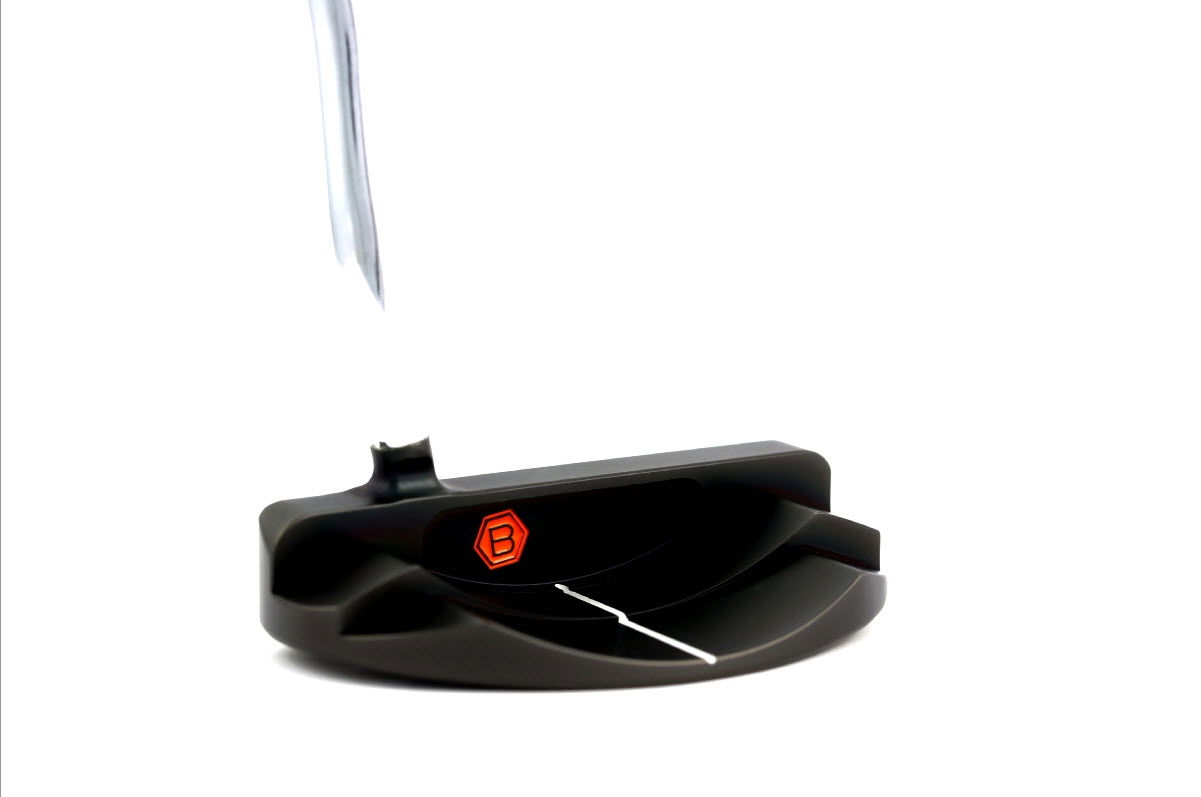Review: PING i25 driver
Designed with new racing lines, does the i25 really put you in pole position?

AFTER being custom fit for the new PING i25 irons, it was onto the new i25 driver that has been designed for players of all abilities.
Testing my custom-fit i25 driver (10.5-degree; PWR 55 S) up against my current driver and using range balls, I achieved a nine-yard improvement in total distance (252 yards), 10-yard gain on carry (238 yards), 2mph of additional clubhead speed (97mph) and ball speed (146mph), a lessened spin rate of 127rpm (2270rpm) and 0.6-degree higher launch (13.7-degree)
So why all the improvements? Well let’s take a closer look…
First things first, it would be rude not to start by talking about the eye-catching black racing lines on PING’s traditional matte black crown.
To me, the racing lines aid simple and consistent alignment down the target line and will help put more golfers in pole position on the fairway. We’ve seen something similar with the TaylorMade R1 and its red and black racing lines before, but this is much less off-putting or in your face as such.
The racing lines also took plenty of time for PING to design. Much research has gone into the creation. Three years in fact. The difficulty resulted in placing straight lines on the driver’s curved crown surface.
According to PING, average players use a driver with a lie angle of around 58-degree. When placing the driver down at address, lie angle ‘actually’ measures around 45-degree. By perfecting the alignment position with the racing lines, PING has ensured the golfer is lined up perfectly.
Moving away from the looks, which will no doubt take much of the i25 driver’s focus this year, the most impressive aspect of the new i25 driver to me is total driving. By that I mean the accuracy and distance of it.
My PING custom fitter for the day, Ed James, explained to me that 15g high-density tungsten sole weights have been installed at the back of the driver to improve the twisting of the clubface at impact when hitting the ball off-centre.
PING isn’t saying the i25 driver is any more forgiving than the company’s G25 driver – i25’s heel-to-toe MOI is around 4700g-cm2, while G25 is around 5500g-cm2 - but PING has at least made a significant improvement in the top-to-bottom MOI of its older brother, the i20, with an 8% higher MOI.
A nasty hook over my left shoulder is my one bad shot, a potential round-wrecker, but there were no such problems when testing the i25.
While I will say my first few drives were struck with my current driver, and consequently I was a little more warmed up by the time the i25 was placed in my hand, the numbers don’t lie in terms of distance. I gained nine yards off the tee with the i25 and 10 yards in carry, as well as improvements in all other aspects of my driving.
Ed explained to me that a high strength-to-weight ratio Ti 8-1-1 body has been joined to a variable-thickness Ti 6-4 face and this effectively ensures there is maximum energy transfer to generate the faster ball speeds and improved distance that I was enjoying.
You also have the ability to raise or lower the i25’s stock loft by 0.5-degree with PING’s slim, lightweight adjustable hosel - just as you did with the G25 and Anser.
Another nice touch to the i25 driver is PING’s industry-first PWR Series (performance, weighting, responsiveness) shaft family that is available in three different weights of 55, 65 and 75 grams. I favoured the 55 shaft, which to me aided much better control and stable feel through the downswing than the 65.
Each shaft has a specific balance point that keeps the swing weight of the club the same regardless of what shaft weight golfers choose. For example, the i25 driver built with my preferred PWR 55-gram shaft has a lighter total weight than an i25 driver built with a 65g shaft. Yet with the lower balance point of the PWR 55g shaft, it allows both clubs to have exactly the same swing weight. It’s a welcome addition and makes custom fitting shafts a breeze.
Verdict
Love the fresh, new looks from PING. It might not suit the traditionalist but if you’re going to find more fairways, why wouldn’t you want to get involved? The racing lines to me aid terrific alignment and will help put more golfers in pole position on the short grass.
Long off the tee and much more forgiving than I initially thought it would be, although being custom fit to the correct shaft (PWR 55) has much to do with that. It’s a high-launching, low-spinning driver that runs for miles.
By no means cheap at £345, however, which may detract a few people for now.
Click here for PING i25 driver owner reviews. Click this link to learn more about the new PING i25 series and Karsten range of clubs.


